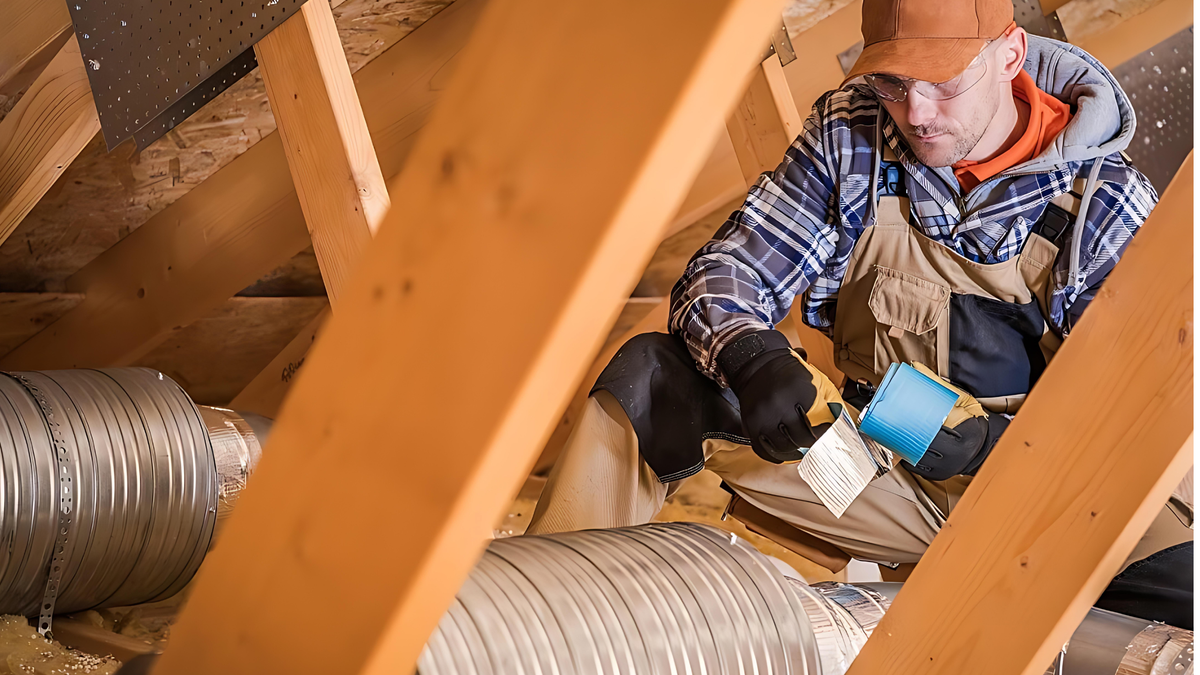What are the common problems with HVAC ducts?

Common Problems with HVAC Ducts and How to Fix Them
As an HVAC professional, it's crucial to be aware of the common issues that can arise with air ducts and how to address them effectively. Ductwork plays a vital role in the efficient operation of your clients' HVAC systems, and identifying and resolving duct-related problems can significantly improve indoor comfort and energy savings. In this blog post, we'll explore the most common HVAC duct problems and provide practical solutions to help you better serve your clients.
1. Poor Airflow
One of the most frequent issues with air ducts is restricted airflow, often caused by clogged ducts filled with dust, dirt, and debris. This can lead to uneven heating or cooling, with some rooms feeling stuffy while others remain too hot or too cold. Restricted airflow also causes the HVAC system to work harder, increasing energy consumption and utility bills.
Solution: Schedule regular duct cleaning and maintenance to remove built-up contaminants and ensure proper airflow. Inspect and seal any leaks or gaps in the ducts to prevent future airflow issues.
2. Reduced Energy Efficiency
Improperly sealed or insulated ductwork can contribute to significant energy losses, allowing conditioned air to escape into unconditioned spaces. According to the U.S. Department of Energy, leaky ducts can reduce HVAC efficiency by up to 20%.
Solution: Have a professional HVAC technician inspect the ductwork for leaks and inadequate insulation. Seal leaks and add insulation to ducts in unconditioned spaces to prevent energy losses and ensure efficient delivery of conditioned air.
3. Indoor Air Quality Issues
Dirty or contaminated air ducts can negatively impact indoor air quality by circulating dust, allergens, mold spores, and other pollutants throughout the building. Poor indoor air quality can lead to various health problems, including allergies, respiratory issues, and aggravated asthma symptoms.
Solution: Implement regular HVAC maintenance, including ductwork cleaning, to improve indoor air quality. Consider installing high-efficiency air filters and UV germicidal lights to trap and kill airborne contaminants.
4. Mold and Mildew Growth
Warm, moist environments within air ducts can promote the growth of mold and mildew. This not only compromises indoor air quality but can also cause structural damage to the ductwork over time.
Solution: Regularly inspect the ductwork for signs of moisture buildup and promptly address any leaks or condensation issues. Use antimicrobial treatments to eliminate existing mold and mildew growth and prevent future occurrences.
5. Leaking Ducts
Loose or disconnected ductwork can cause air leaks, reducing the efficiency of the HVAC system and affecting indoor air quality. The average home loses about 20-40% of the air that circulates through leaking ducts.
Solution: Carefully inspect the ductwork for any gaps or disconnections and seal them using metallic foil tape and duct mastic. This will improve energy efficiency and prevent air leaks.
6. Poorly Designed or Installed Ductwork
A poorly designed or installed ductwork system can lead to various problems, such as uneven airflow, excessive noise, and reduced efficiency. Improper sizing or placement of ducts can cause the HVAC system to work harder than necessary.
Solution: Ensure that the ductwork is designed and installed by qualified professionals who consider the size and layout of the building. Regular maintenance and adjustments may be necessary to optimize the system's performance.
By addressing these common HVAC duct problems, you can help your clients maintain a comfortable indoor environment while reducing energy costs and improving indoor air quality. Stay proactive in identifying and resolving duct-related issues, and consider offering preventive maintenance plans to ensure the long-term efficiency and reliability of your clients' HVAC systems.
